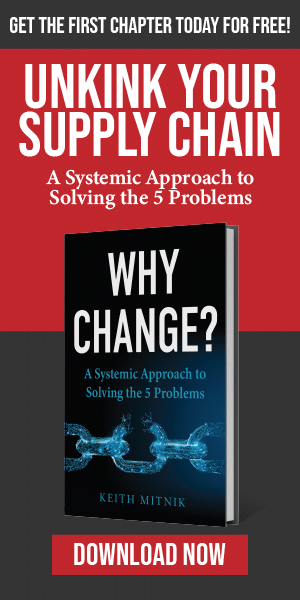There’s been no shortage of news stories about the United States trade negotiations, most recently centering on the import tariff on China. If you aren’t fully familiar with the details, the purpose of this article is to provide some background. The United States Trade Representative (USTR) increased the China import tariff from 10 percent to 25 percent on approximately $200 billion of imported goods on May 10. A grace period was given until June 1, at which point all affected products began receiving the higher tax.
How does this impact LCD Modules?
Approximately 90 percent of all LCD modules are manufactured in mainland China. The remaining 10 percent are manufactured primarily between Japan and Taiwan, and some in Korea. China’s clear stronghold in manufacturing, coupled with its large volume of imports to the U.S., mean these tariffs will definitely impact the industry.
The US government said the tariffs where created in response to China’s Unfair Trade Practices. Specifically, the Section 301 investigation by the USTR revealed:
- China uses joint venture requirements, foreign investment restrictions, and administrative review and licensing processes to require or pressure technology transfer from U.S. companies.
- China deprives U.S. companies of the ability to set market-based terms in licensing and other technology-related negotiations.
- China directs and unfairly facilitates the systematic investment in, and acquisition of, U.S. companies and assets to generate large-scale technology transfer.
- China conducts and supports cyber intrusions into U.S. commercial computer networks to gain unauthorized access to commercially valuable business information.
Unfortunately, while the USTR works to rectify inequities in these unfair practices, many American manufacturers will have to pay higher prices for their components. That works its way up the supply chain and can ultimately lead to higher prices for American consumers.

Are Harmonized Tariff Codes flexible?
The USITC (Office of Tariff Affairs and Trade Agreements) is responsible for publishing the Harmonized Tariff Schedule of the United States Annotated (HTSA). The HTSA provides the applicable tariff rates and statistical categories for all merchandise imported into the United States; it is based on the international Harmonized System, the global system of nomenclature that is used to describe most world trade in goods. Although the USITC publishes and maintains the HTSA in its various forms, Customs and Border Protection is the only agency that can provide legally binding advice or rulings on classification of imports.
Many people are asking about using alternate HTC codes with lower burden implications. Unfortunately, these codes are abundant and complicated. There should be exactly one code that properly categorizes your product.
Here are some things to keep in mind:
- When a display is designed and built for a single application, it may be more appropriate to use a harmonized tariff code for the end-product instead of the display component. An LCD in a cellphone is a good example of this.
- There are some LCD display HTC codes on an exclusion list, so be sure to check that.
Companies are approaching solutions in different ways. Some paths being pursued include:
Use of Alternate HTC Codes
A popular way to do this is to reevaluate your current HTC codes and make sure they’re correct. This can be done with in-house council or the use of a consultant specializing in this area of the government. Ultimately, however, you need get a ruling from the government to be certain you are using the correct code.
Finding a tariff code by perusing the USTR HTC tariff code list can be overwhelming and risky. If the code is chosen incorrectly, it can lead to fines and penalties from the USTR.
Change your Country of Origin
Some companies are searching for key suppliers outside of the China region and working towards qualifications of those factories. Others are exploring having key components of the purchased assembly outsourced outside of China so it still satisfies the correct definition of Country of Origin. Again, violating these definitions can lead to costly fines and penalties.

What strategy is Phoenix Display International employing?
At Phoenix Display International, we are currently evaluating several options. These include:
- working closely with a consultant to ensure our HTC codes are properly applied
- evaluating alternate manufacturing paths outside of mainland China
- reviewing alternate sourcing for key components to accurately effect Country of Origin
- carefully planning logistics timing in the event there is a swift termination to the tariffs through a trade agreement with China
Ultimately, we just want to do what’s going to be best for you, our customers.






